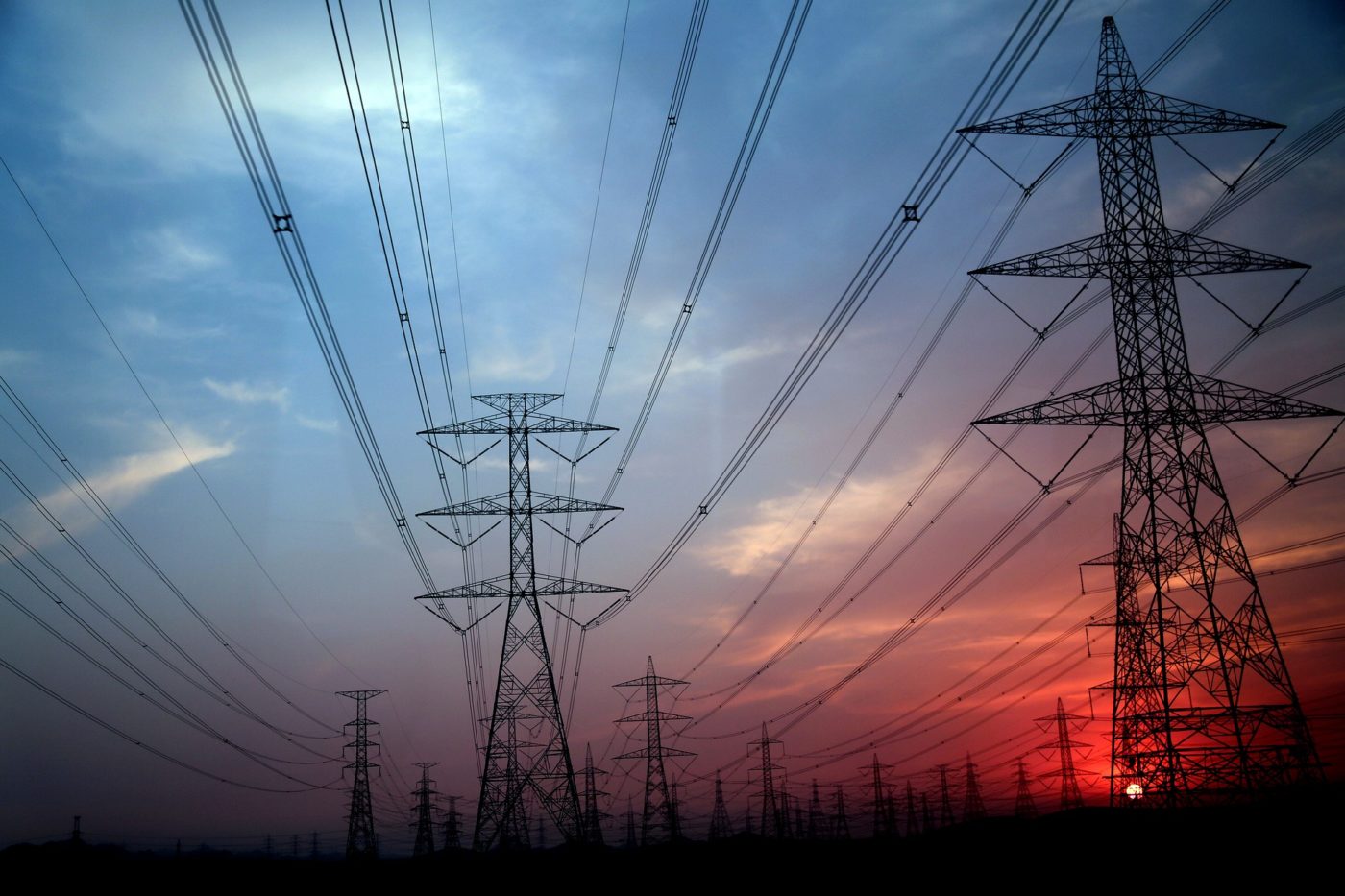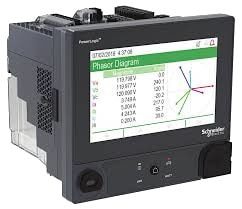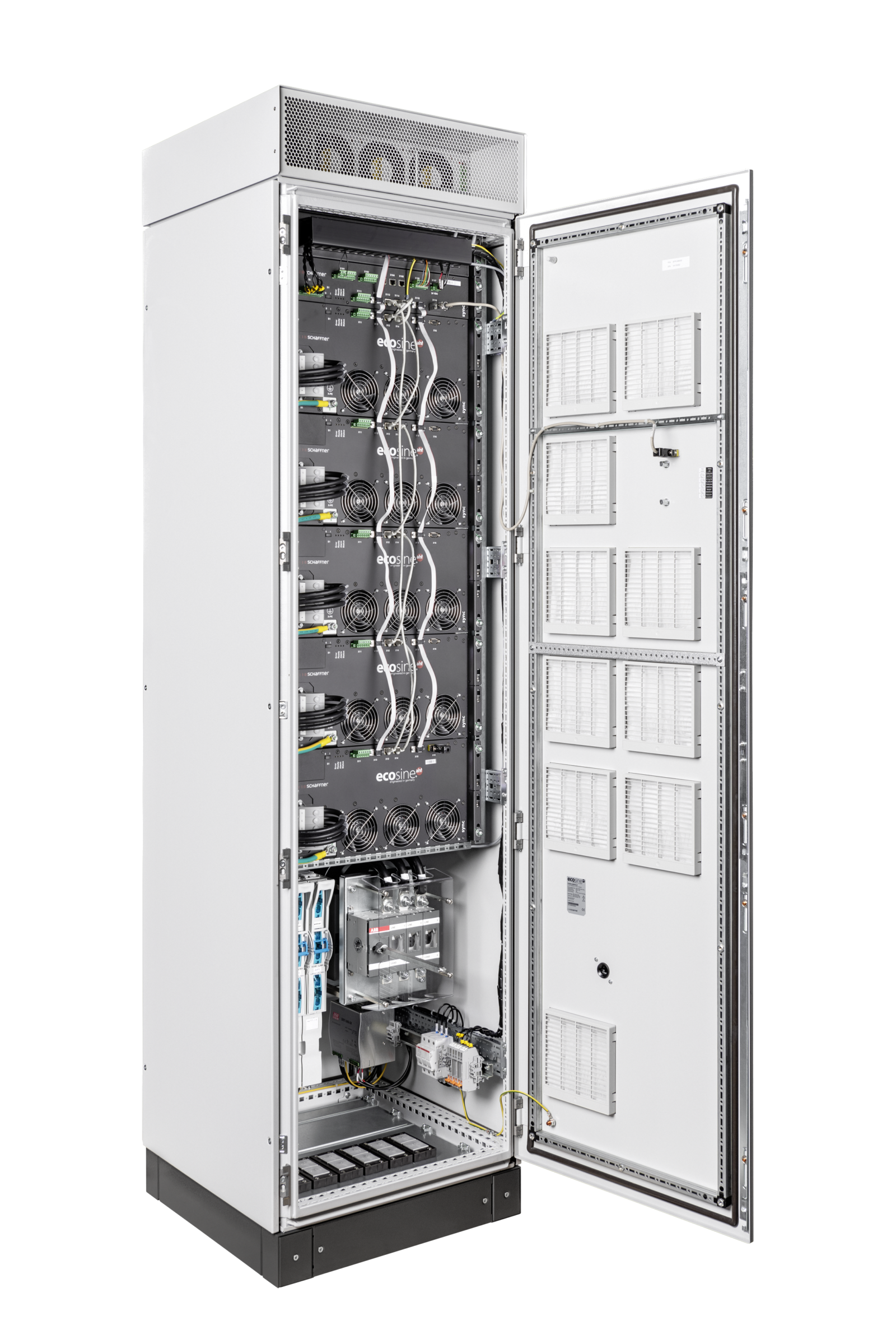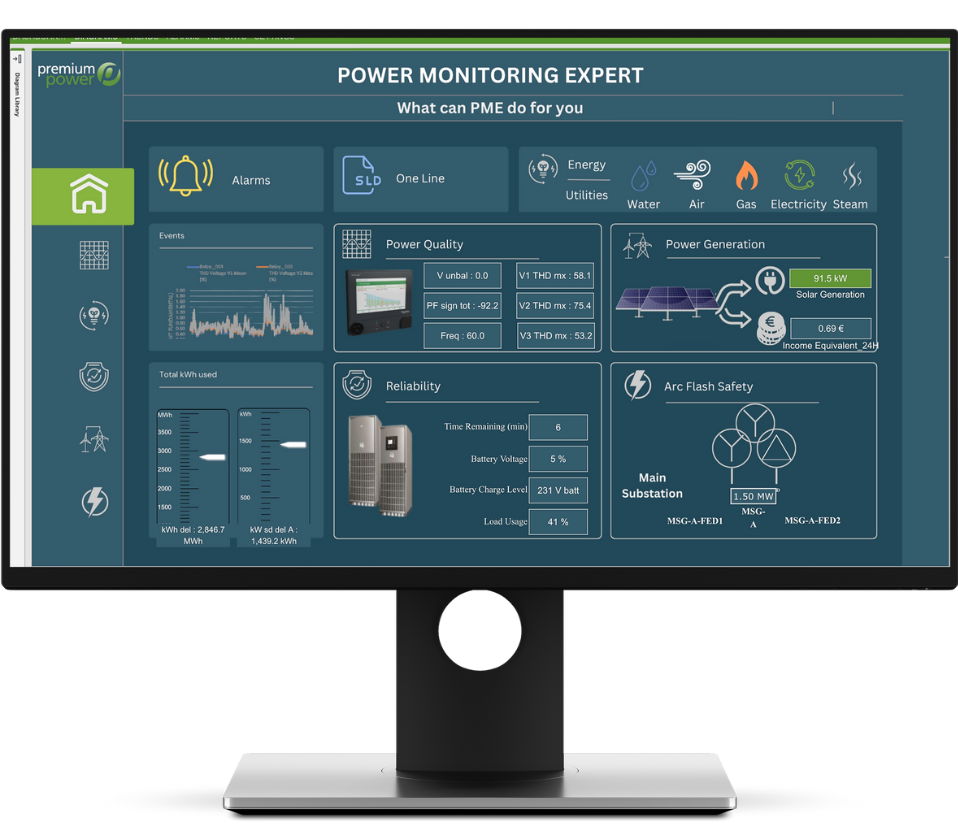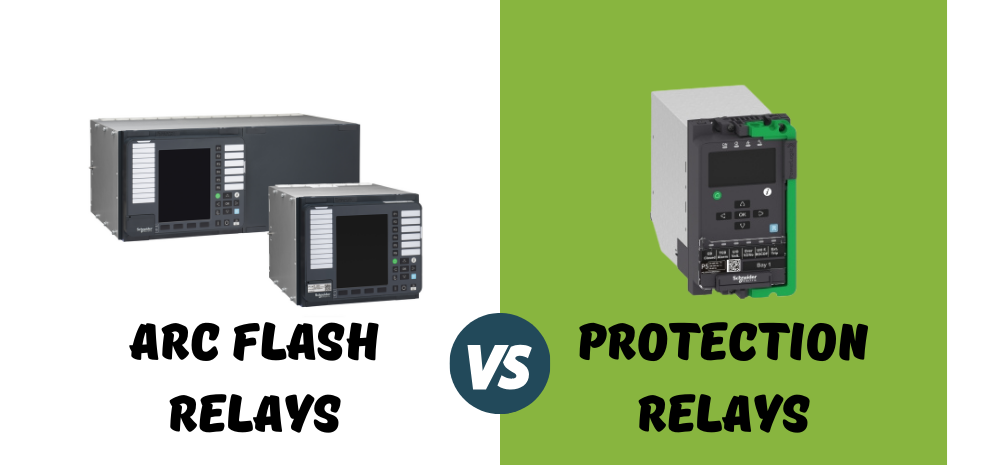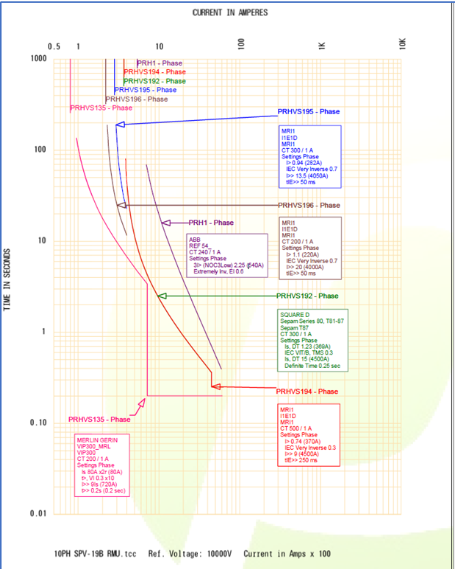Modern power electronics are susceptible to power supply variations which can cause equipment to fail throwing off production lines, impacting business costs and can compromise employee safety. While there can be a number of reasons why this happens the most common cause is poor power supply. The cost of damaged equipment can equal and even exceed that of lost production.
A common misconception that can put facility managers off addressing these power issues is that they do not feel they have control over the power their utility provides, or enough knowledge to discuss it. This doesn’t have to be the case. Below are five ways you can ensure better power quality
Conduct a Power Quality Survey
If you have noticed or even suspect power quality issues within your electrical systems, conducting a power quality survey can be a great way of gaining an overall view of the system and its issues. This is a long term solution as a large amount of power quality data is required to make a decision on the presence of other power quality defects. The data collected can be used for decision making and implementation of the appropriate mitigation solutions.
Install Power Quality Meters
Installing power quality meters can help you keep track of all events occuring in your electrical system that might have an adverse effect on equipment and power supply such as, as voltage spikes, swells, sags, harmonic disturbances, and power interruptions. Investing in meters can help you to quickly identify and isolate issues and provide information for decision making.
Install Harmonic Filters
Electrical harmonic distortion is an issue which can affect the reliability and efficiency of electrical networks. Modern electrical loads are increasingly controlled by an electronic interface in order to improve control and efficiency. This electronic control has the side effect of distorting the existing electrical supply which can cause other electrical and electronic equipment to overheat and become unreliable leading to failure. Passive harmonic filters utilize components like inductors, capacitors and resistors to reduce, or mitigate, harmonics to tolerable levels. Active harmonic filters actively monitor the system and use a set of transistors and capacitors to filter the current wave by injecting inverse currents to cancel out the undesired harmonic components.
Power Factor Correction
The technical definition of a power factor in AC circuits is the ratio of real power (kW) used to do work and apparent power (kVA) supplied to the load. Ideally this should be 1, meaning that all the power supplied to the load is being used, unfortunately in the most real world situations this is not the case. It can be improved by the design and on installation of local or plant wide power factor correction solutions.
Install Power Monitoring System
Large scale facilities have come around to the benefits of incorporating power monitoring systems as part of their process control, as well as the standard building management systems. This can give you total control over your power system with a birds eye view of all that is going on, where issues lie etc. It can be a great aid in decision making and for scheduling preventative maintenance.
To get more detail on any of these solutions or to just discuss your power quality issues with our experts contact us now.


